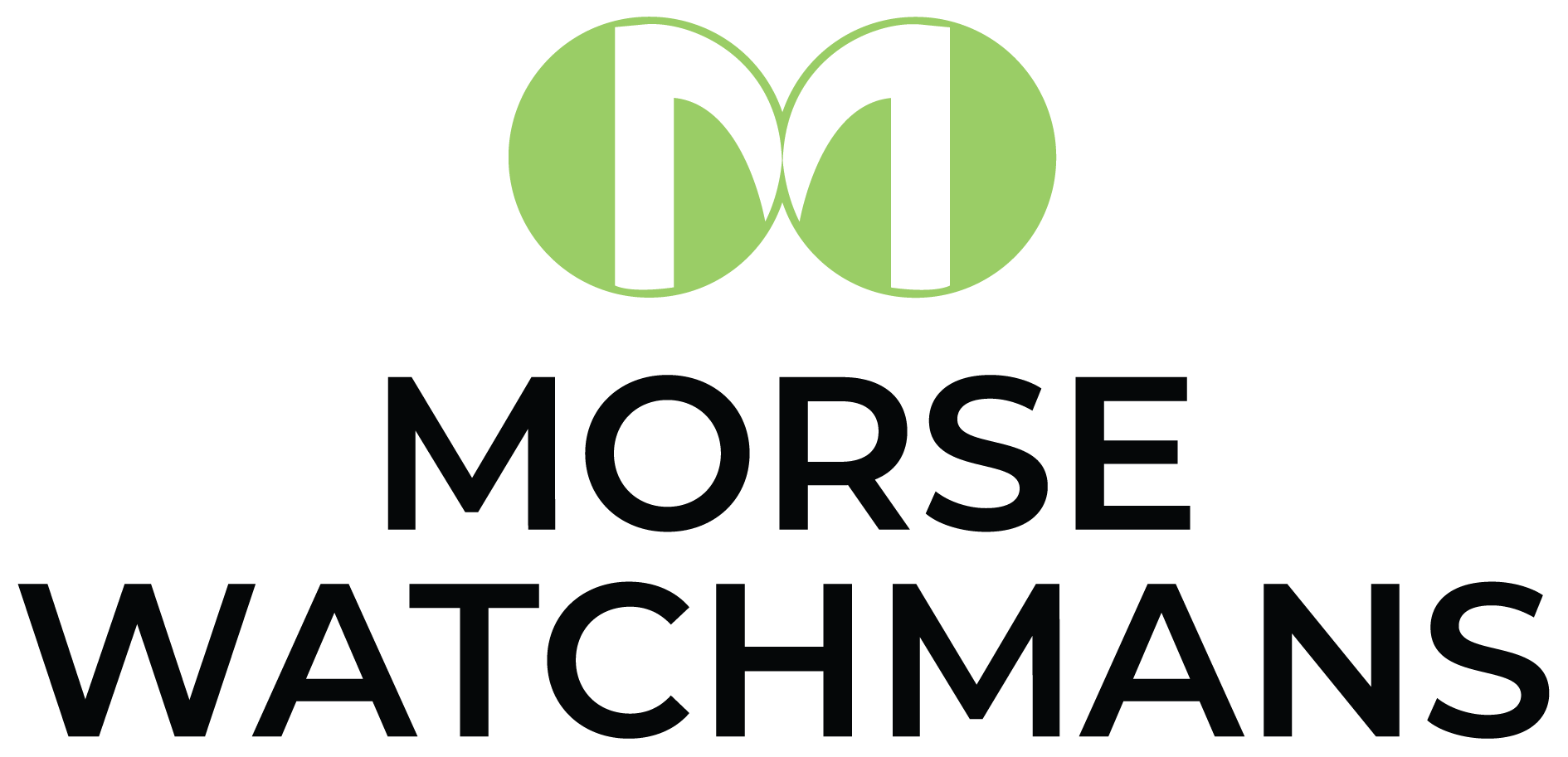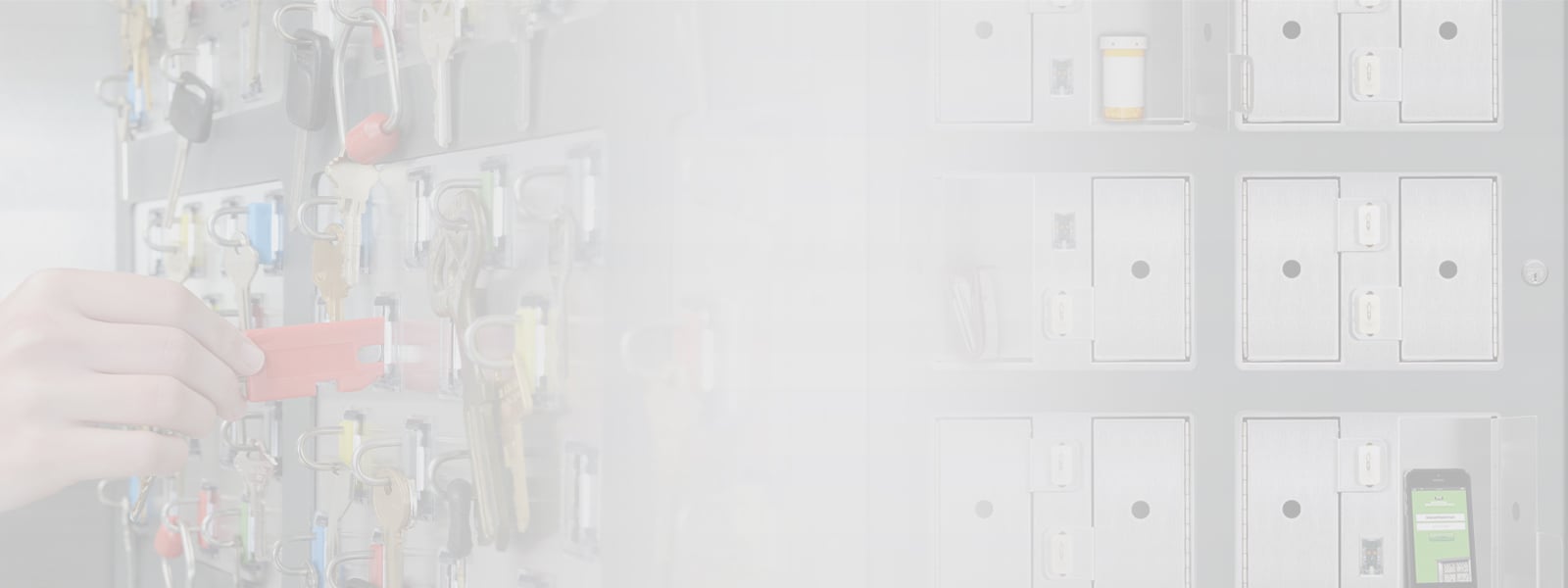Embassies, consulates and other diplomatic missions are some of the best protected government facilities in terms of physical security. Layered security technology is typically integrated with management controls and manpower forces to provide the powerful overall security system needed at these high profile structures.
The practice of layered security, which involves using multiple and successive safeguards, can be illustrated effectively with key control and management systems. The systems, which store and record the access to mechanical keys, access cards and other small items, are automated and computer controlled to help prevent user abuse. They offer ease of use for management control and are designed with a built in layered security.
Key control cabinets are constructed of rugged stainless steel, sometimes with high impact polycarbonate clear front windows. The cabinet or key module is designed to resist abuse and is wired with a tamper-proof mechanism that will sound an alarm if the unit is tampered with, if incorrect codes are repeatedly entered or if the door is open for an extended period of time. The near indestructible key fobs, which readily accommodate both hard keys and plastic access and other cards, are designed for heavy use and the illuminated key slots make accessing and returning keys easier.
Embassy building keys that are stored in the automated key cabinet can only be accessed by authorized individuals with an approved user code, an access identification card and/or a pre-registered biometric fingerprint. Each individual key is secured to a key locking mechanism with built-in memory chip and data from the chip is recorded when a key is removed or inserted into a key slot.
With computerized key management systems, individual keys need not be labeled as to their purpose throughout the embassy. If a key is lost, not only does the system flag this missing key, but it also eliminates any immediate identity issues. Sophisticated key management also allows for a wide range of options for developing custom solutions, including the flexibility to have different levels of security in different areas of the facility, the use of one-time codes when using keys, or even remote authorization boxes that require dual authentication to access keys.



